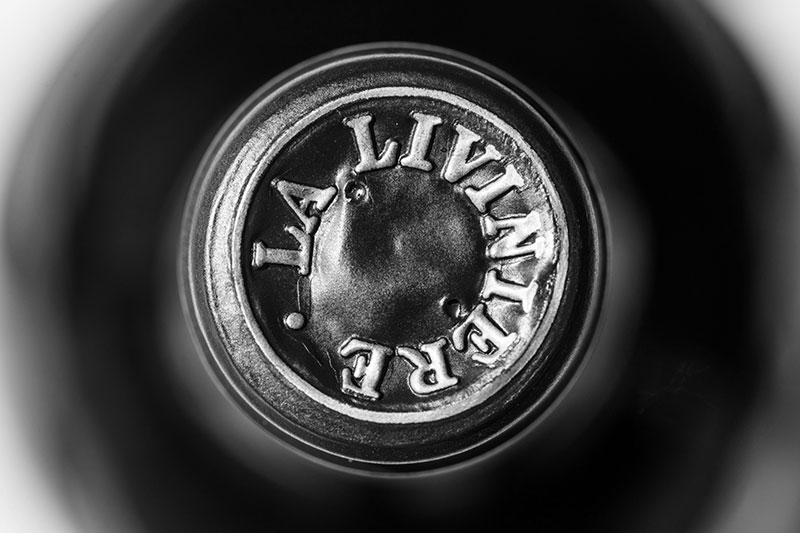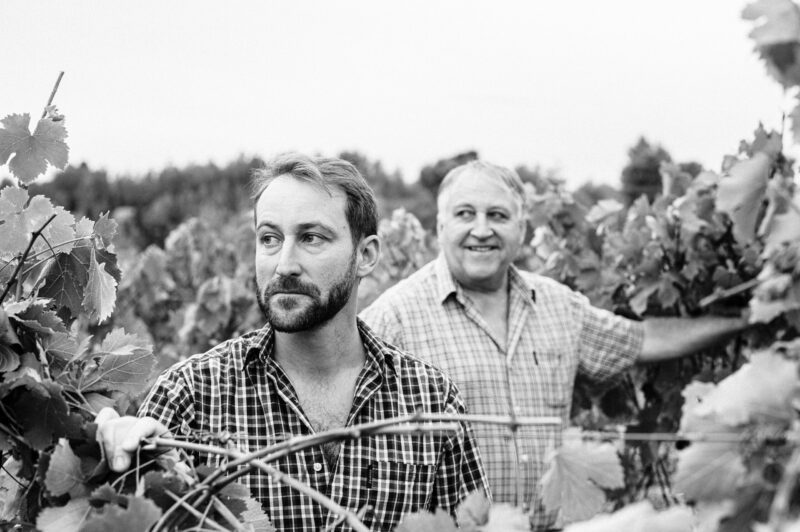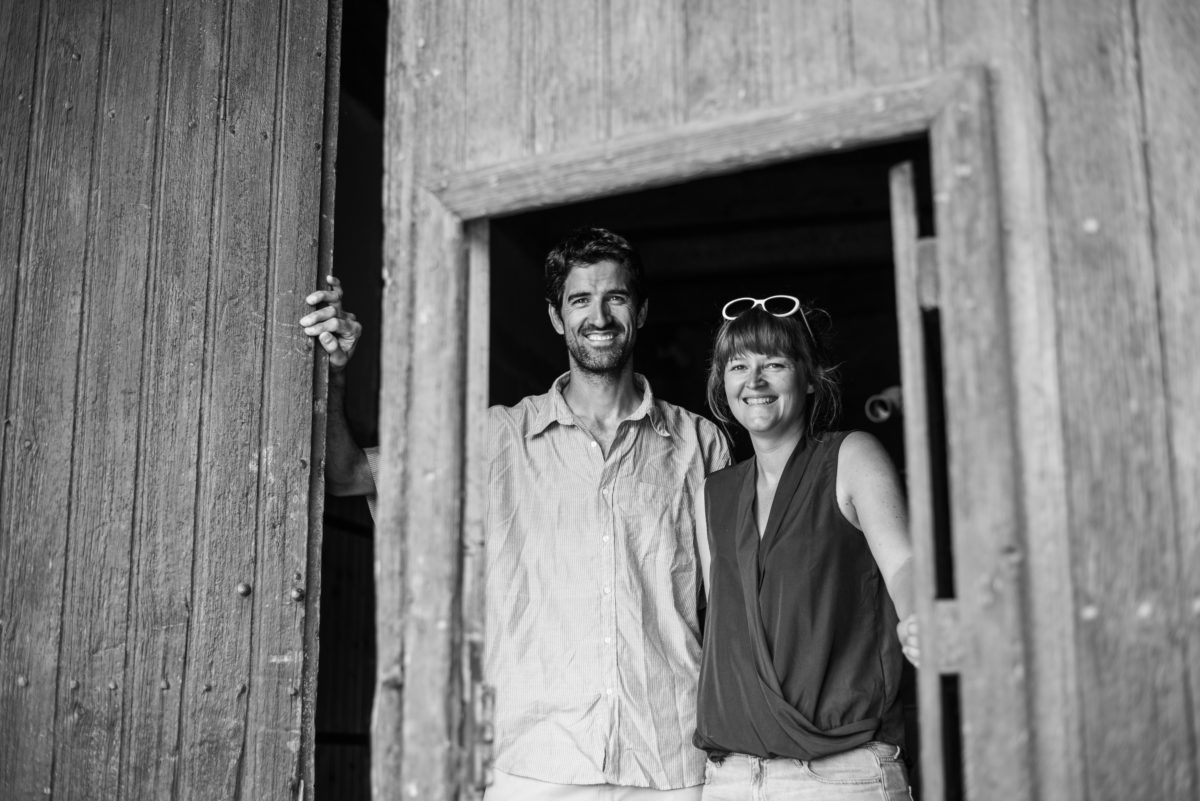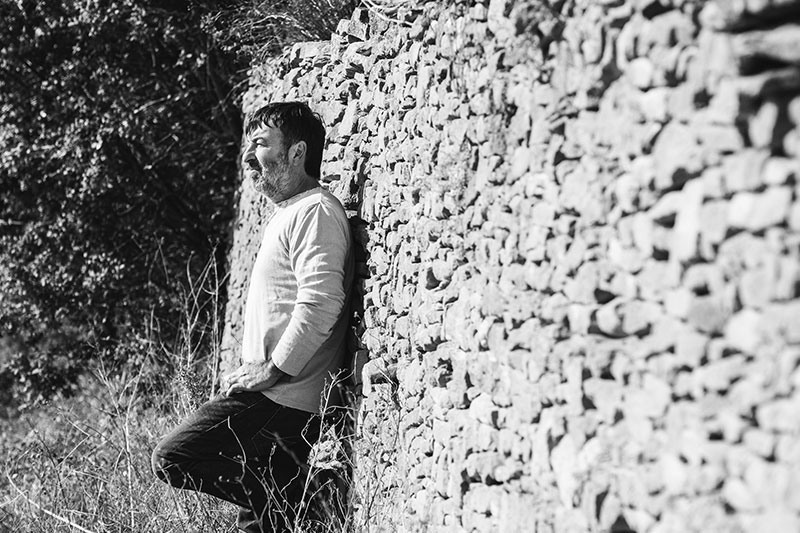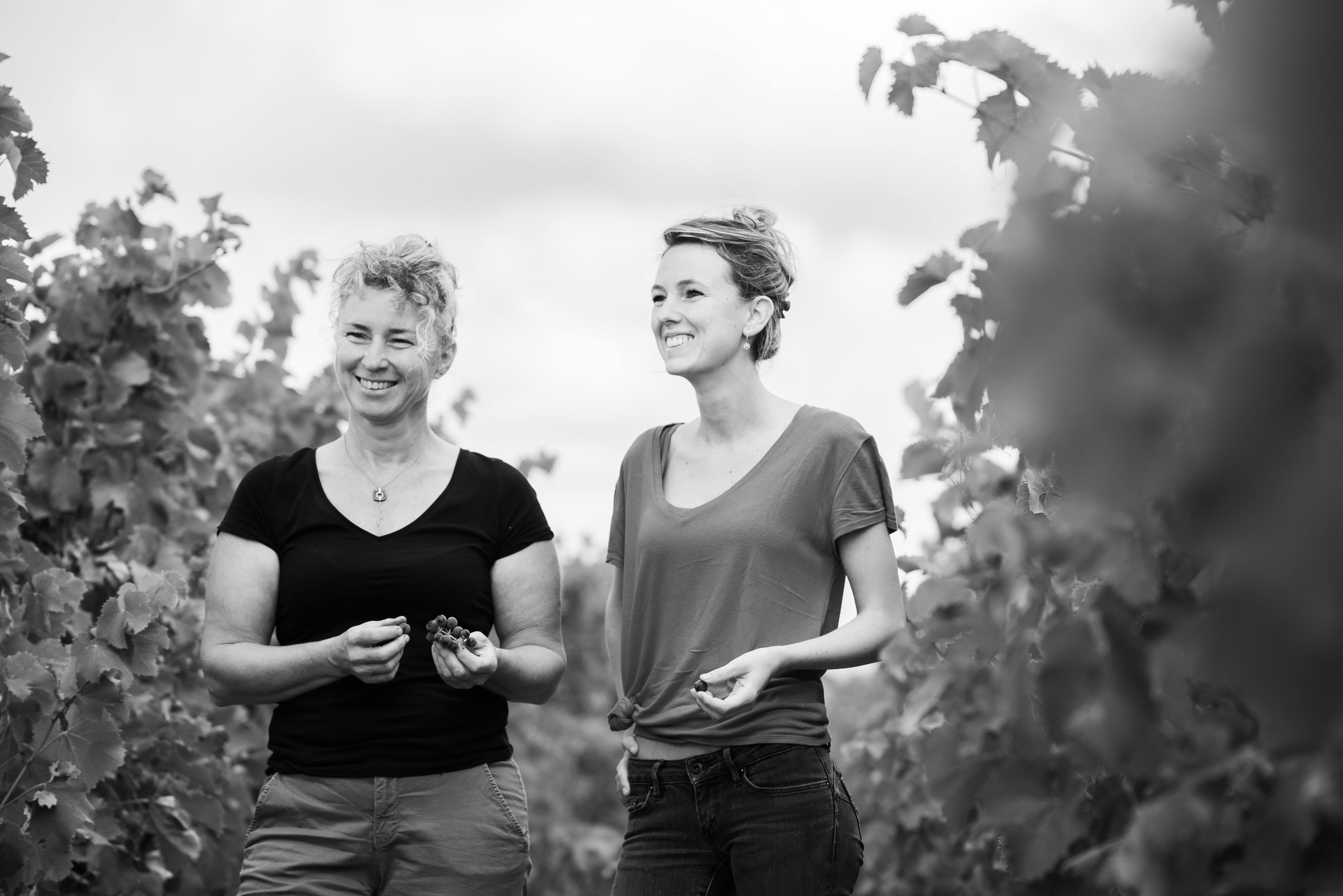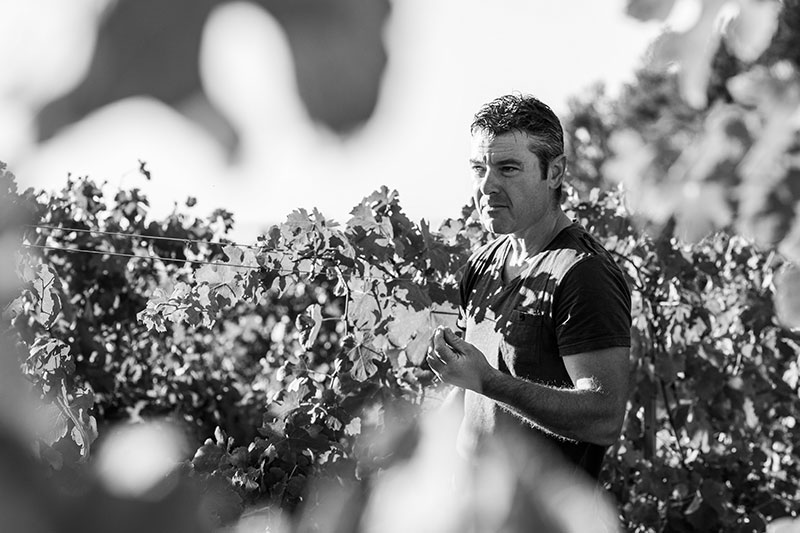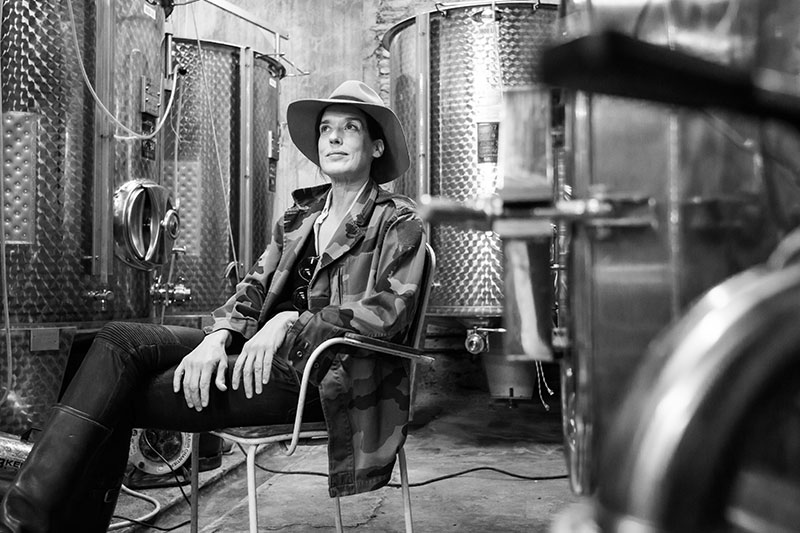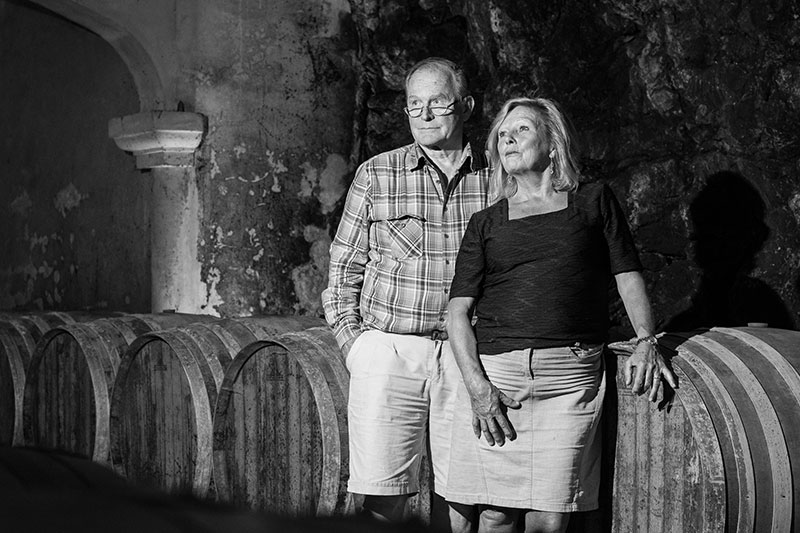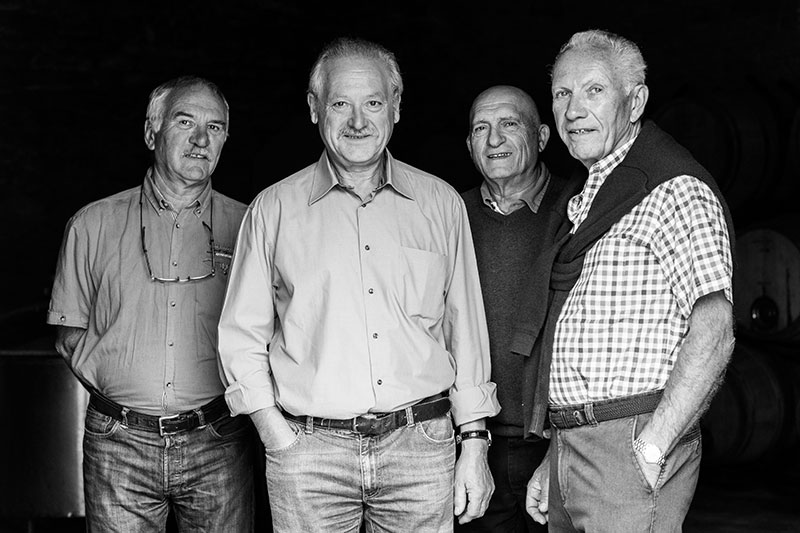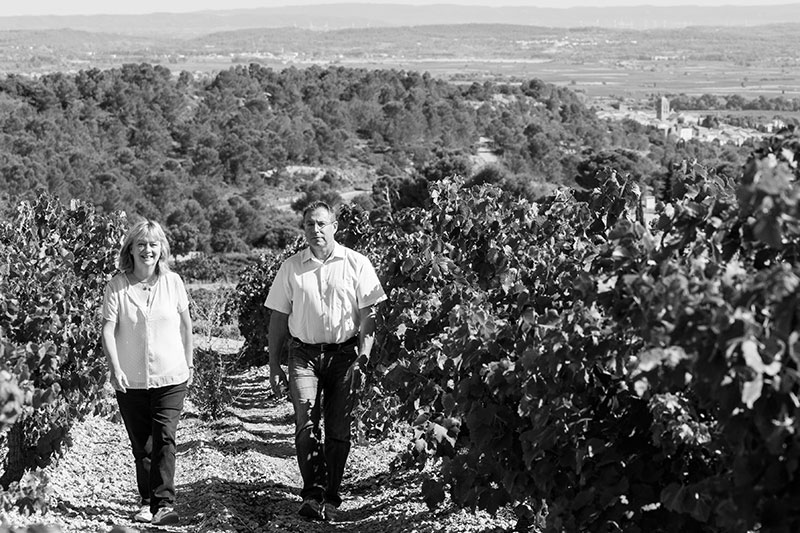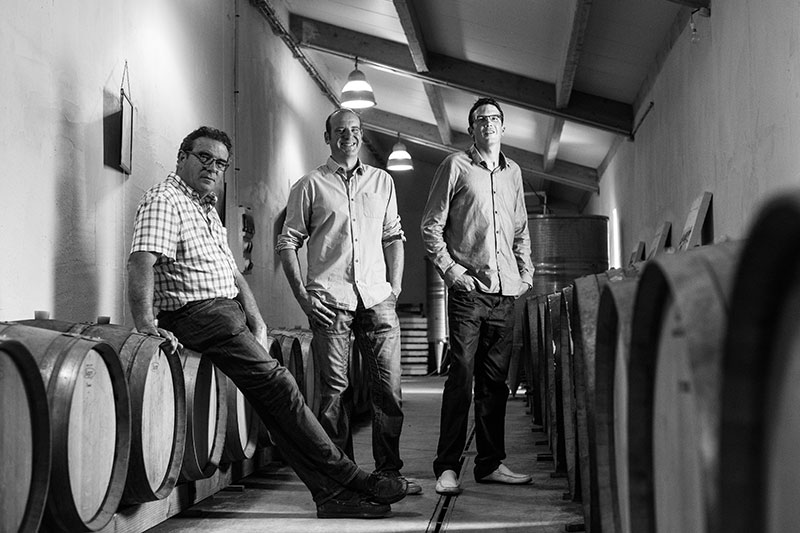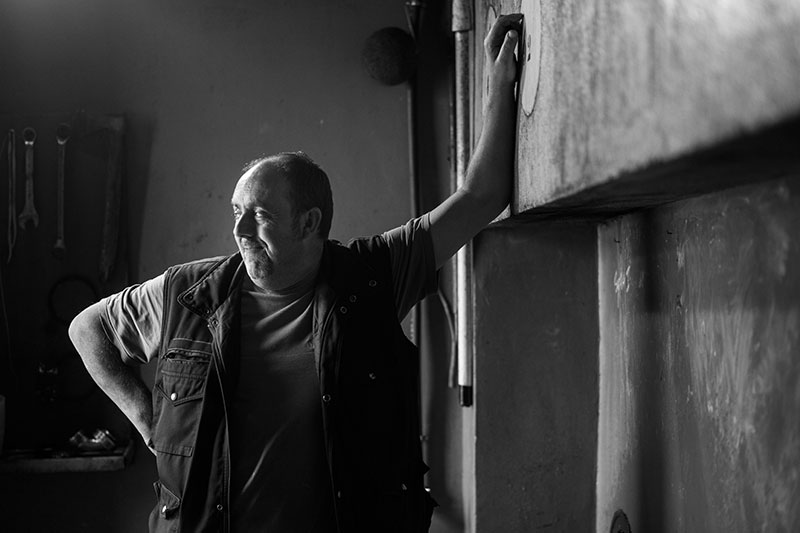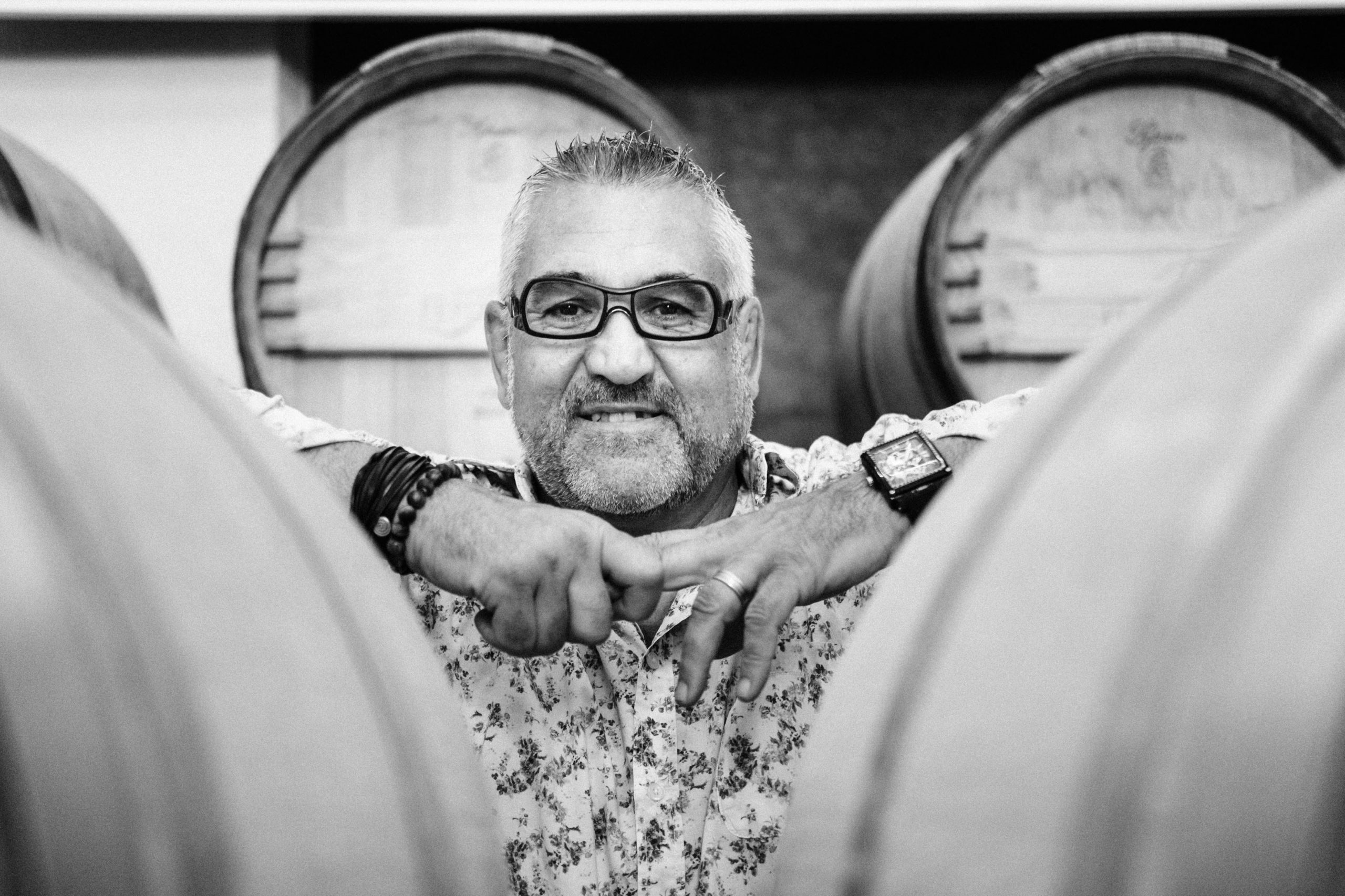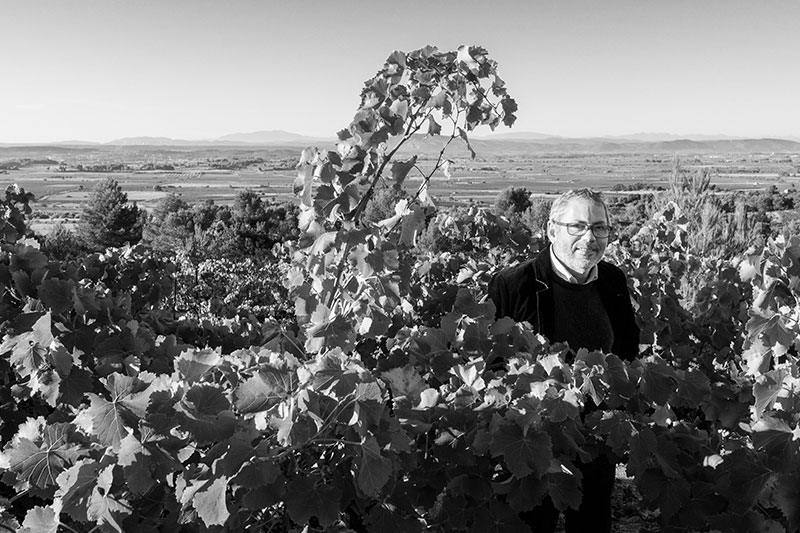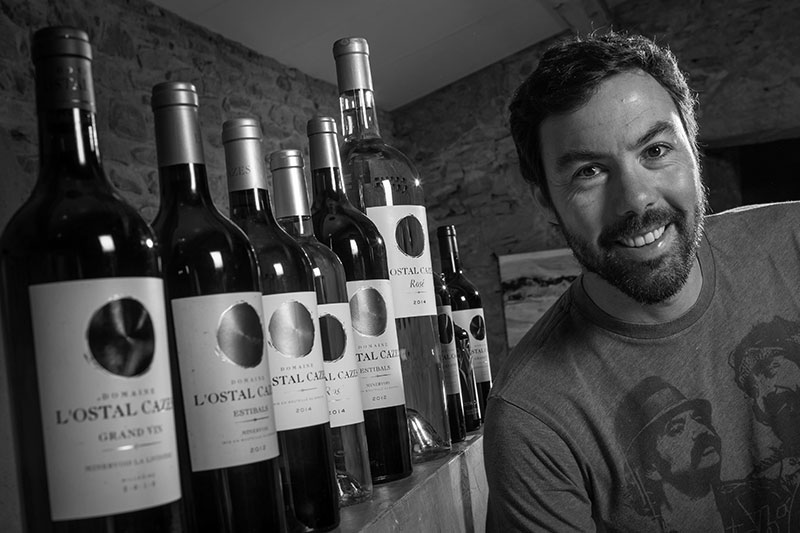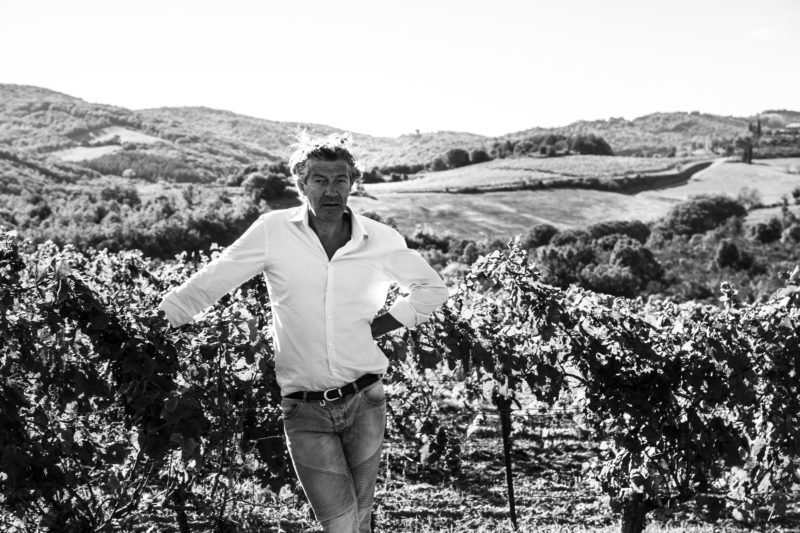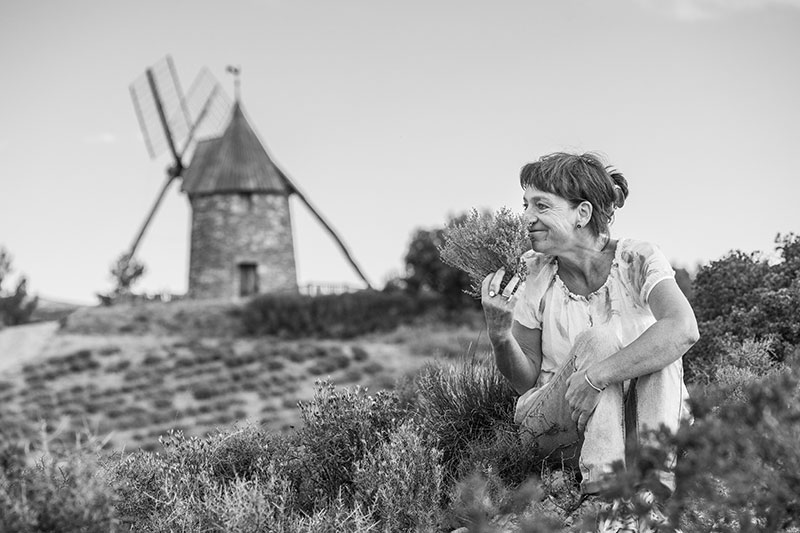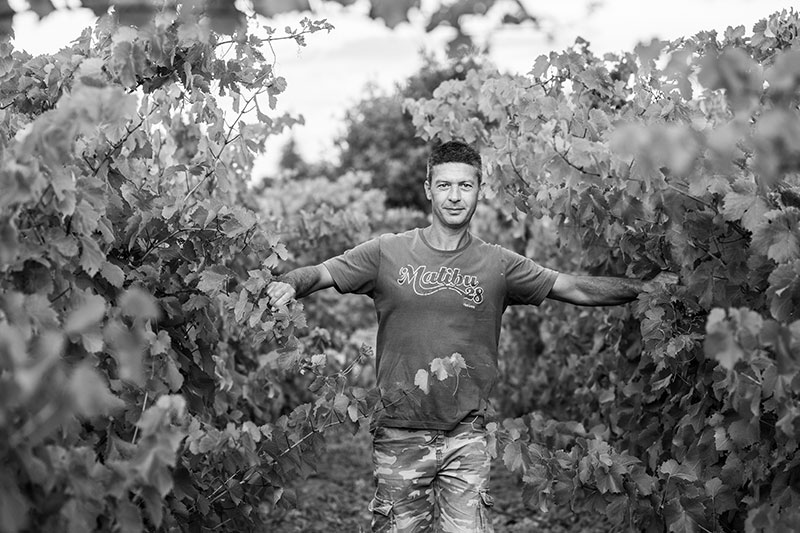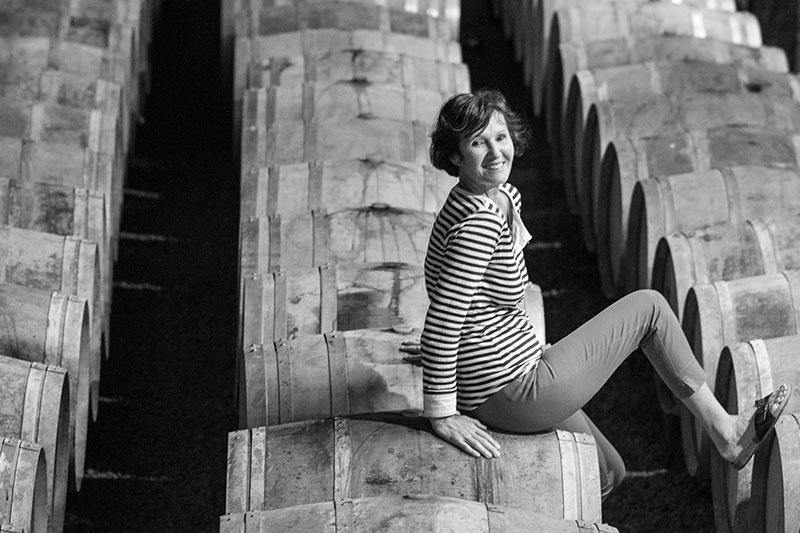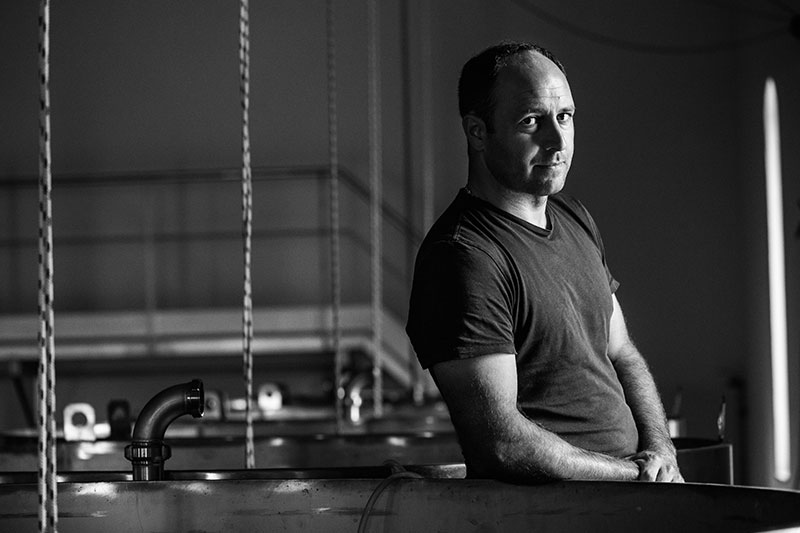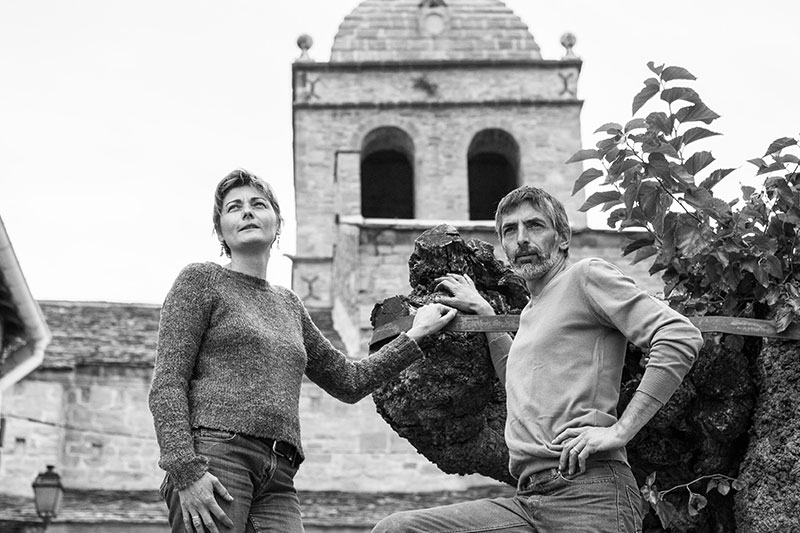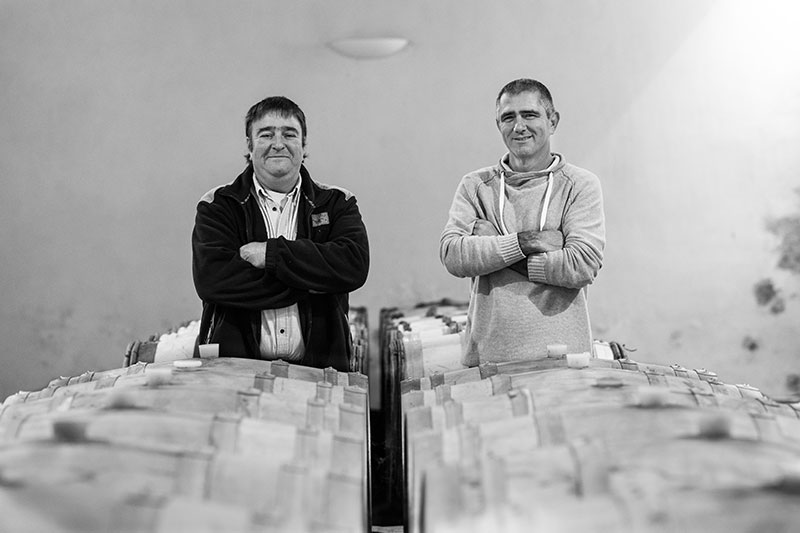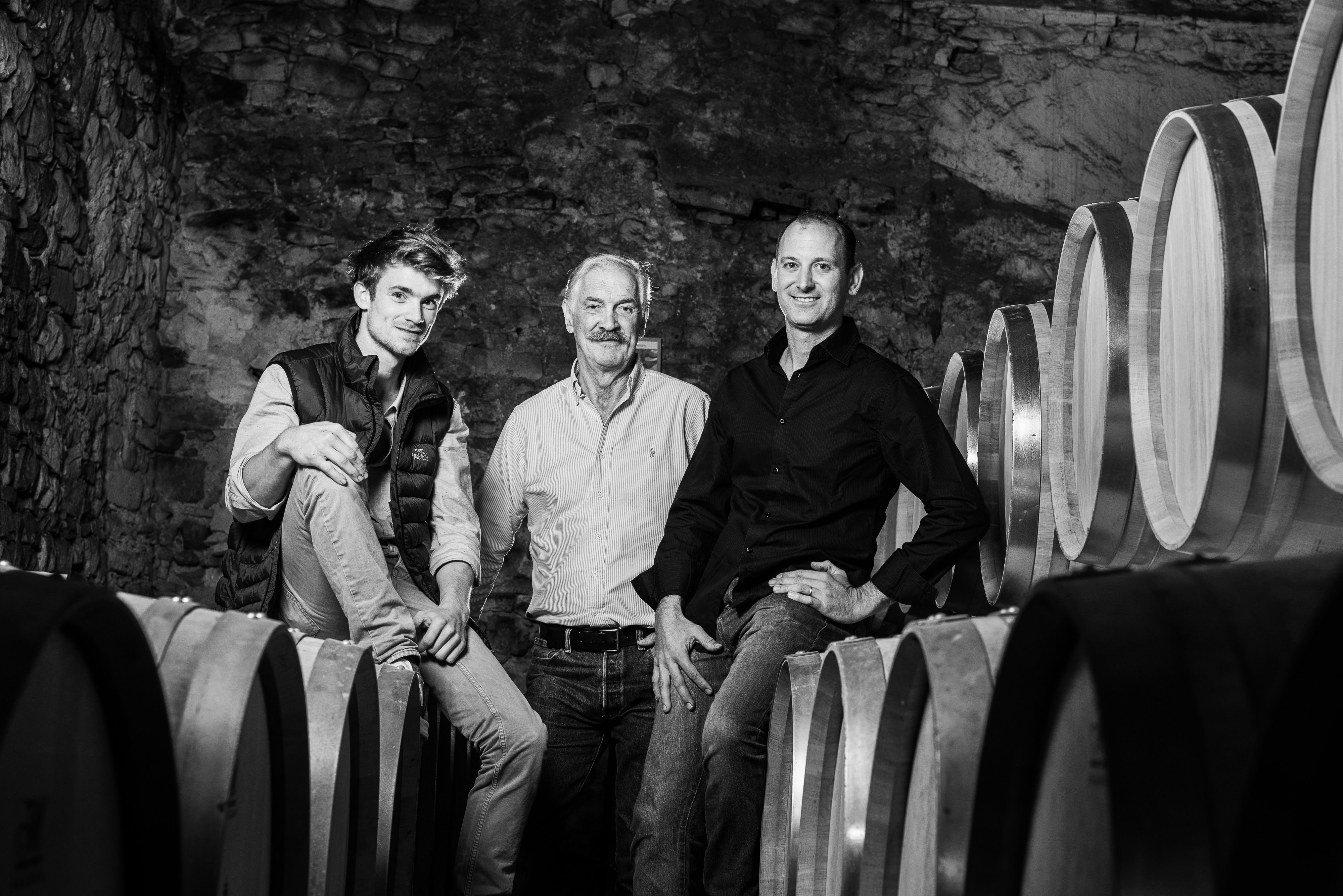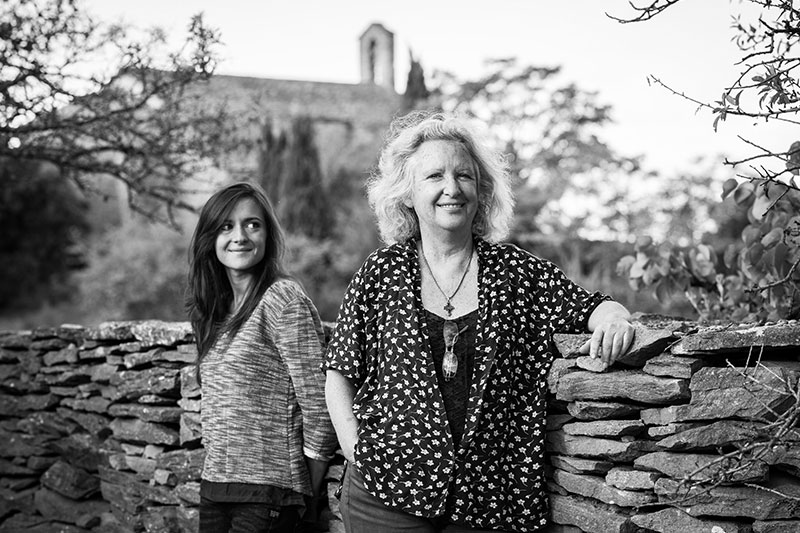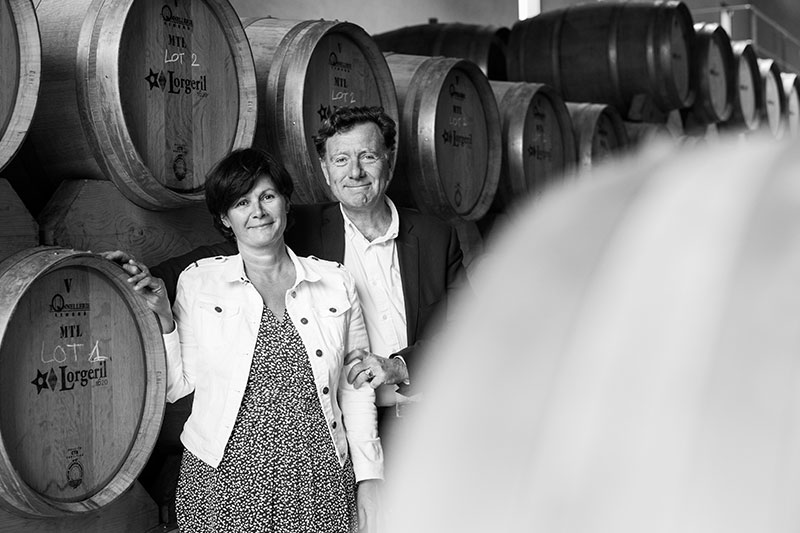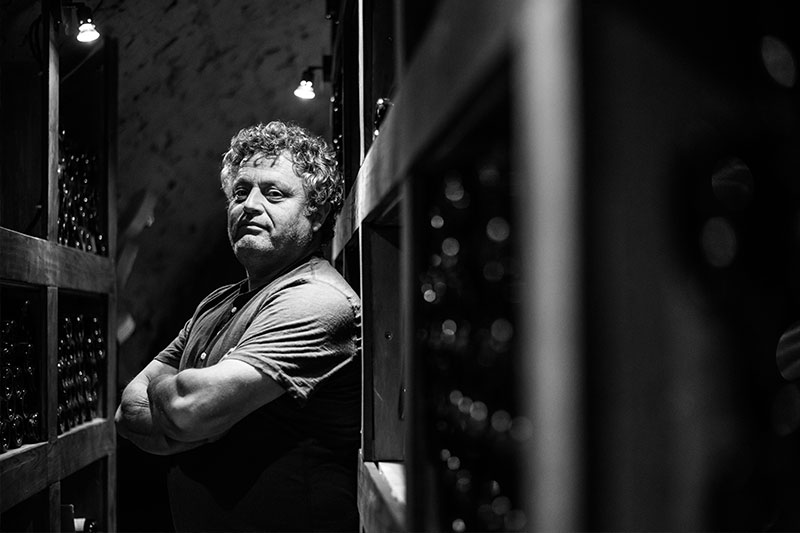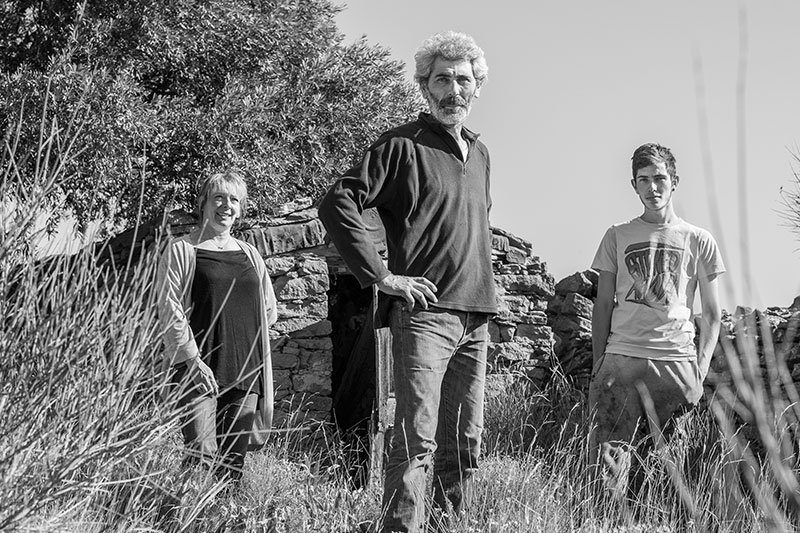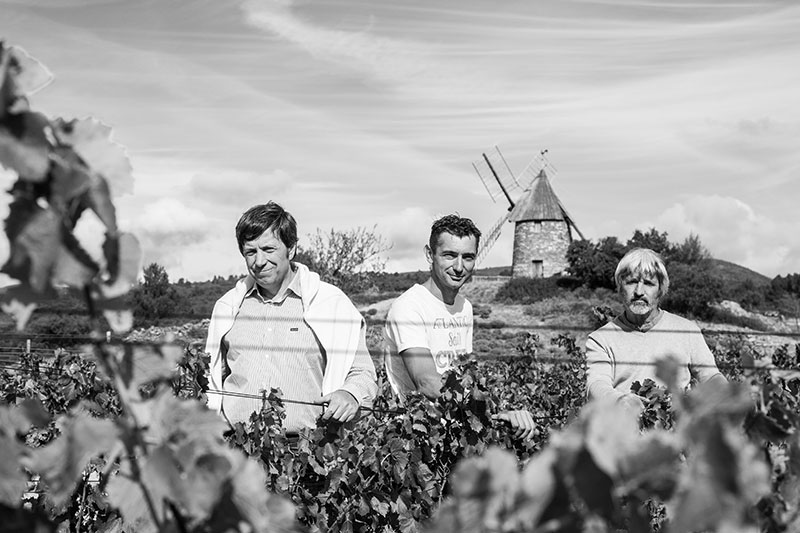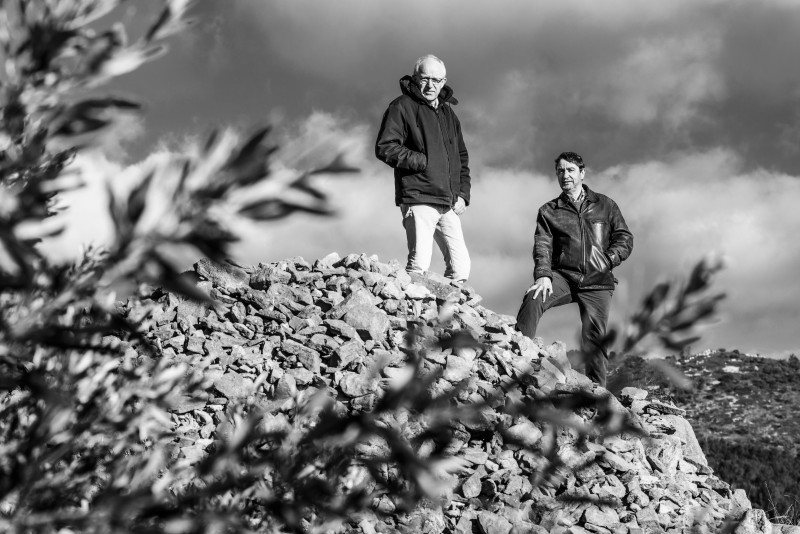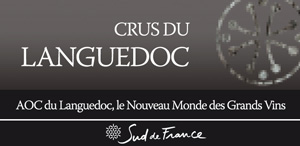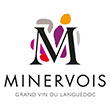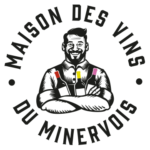It was a laborious job of grazing and clearing to defeat the garrigue and the woods, and end up with 350 hectares dedicated to the production of the precious cru La Livinière – scattered over 2700 hectares of the official terrain of the appellation, which extends into the tortuous territory of six village districts: La Livinière, Siran, Cesseras, Félines-Minervois, Azille and Azillanet.
The pioneering visionaries of the syndicate of the cru, Maurice Piccinini and Roger Piquet quickly brought to light the qualities of this inland archipelago at the heart of the Minervois.
Le Syndicat de Cru
Chargé de missions d’intérêt général, le syndicat participe principalement à la gestion de l’AOC, aux actions de défense et de protection du nom, du produit et du terroir, à la promotion du vin, au suivi et à la veille règlementaire. Son bureau est composé des membres suivants :
Présidente : Isabelle Coustal (Château Sainte-Eulalie)
Vice-présidents : Guy Sabarthès (Alliance Minervois) et Fabrice Darmaillacq (L’Ostal Cazes)
Trésorier : Benoît Laburthe (Château Pépusque)
Secrétaire : Claude Gastou (Clos des Roques)
Membres : Richard Planas (Château Laville-Bertrou – Vins Gérard Bertrand) et Patricia Boyer Domergue (Clos Centeilles)
The land La Livinière June 20th, 2016adminreso

 Réserver
Réserver

